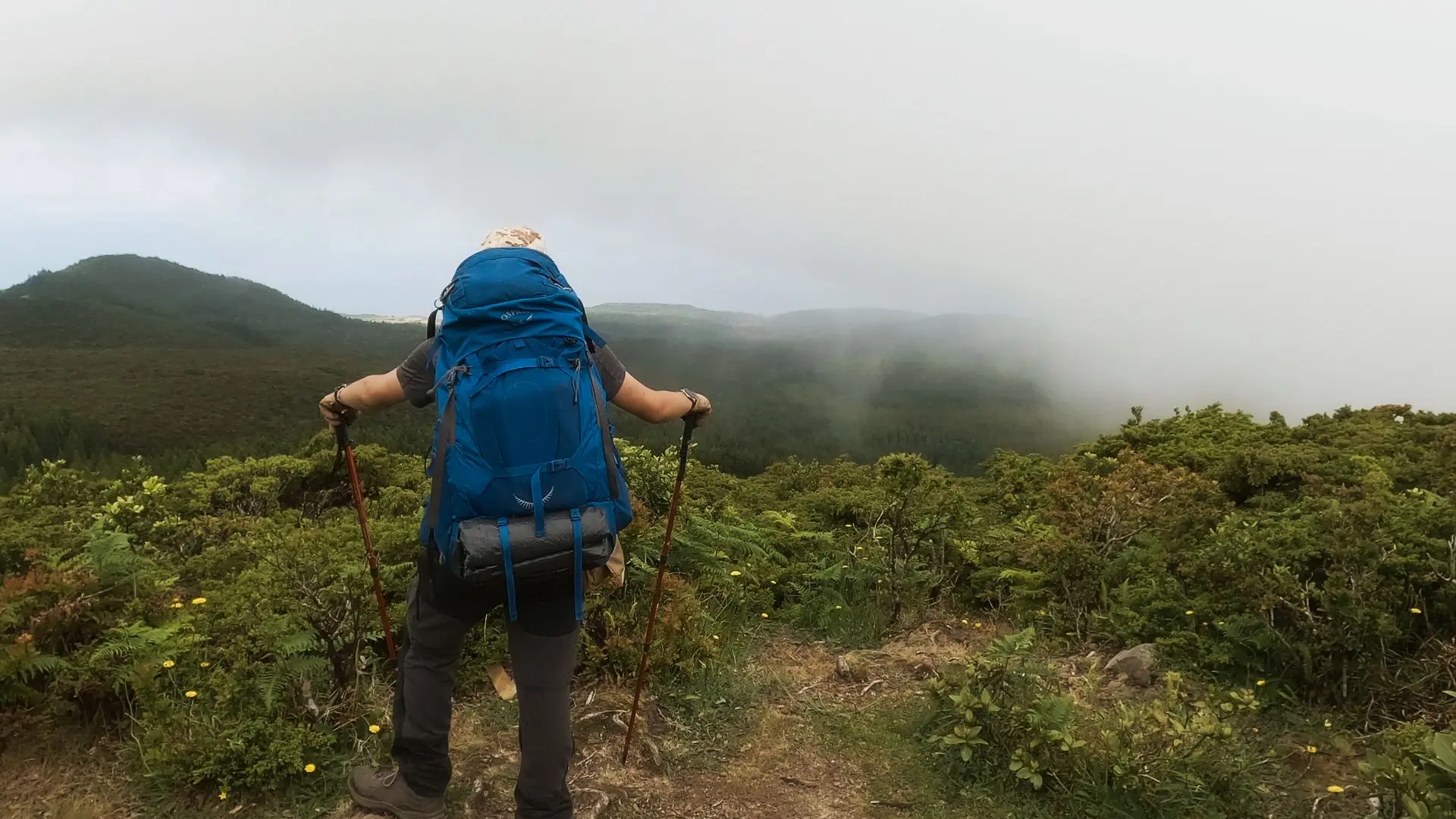#1: The geometric shape of spider webs
🌿 Discover Arachnomathematics 🕸️
Welcome to the first exciting episode of Mathematical Nature, where we delve into the fascinating world of spiders and their mathematical webs!
In this video, we explore the complex geometry of spider webs, a work of natural engineering that reminds us of nature's incredible ability to solve complex problems using fundamental mathematical principles.
🕷️ The Fascination for Spiders:
Spiders, those fascinating creatures, are omnipresent in our environment. With over 48,000 different species, they represent one of the most diverse groups of arthropods on the planet.
🕸️ Spider Webs: A Geometric Masterpiece:
Immerse yourself in the complex world of spider webs, remarkable geometric structures that demonstrate how animals use mathematics to solve ecological challenges.
🔍 Geometry and Resilience :
Discover how the round shape of spider webs offers superior mechanical strength, enabling spiders to cope with the weather, predators and environmental disturbances.
🕸️ Structure and Functionality :
Explore the complex structure of orb spider webs, designed to detect vibrations and capture prey efficiently. Discover how the arrangement of the rays concentrates the vibratory flows, enabling the spider to navigate its web skilfully.
🕷️ Ecology and Conservation:
Learn about the ecological importance of spiders in ecosystems, as regulatory predators and contributors to biodiversity. We also highlight the importance of conserving natural habitats for the survival of these essential species.
In this video, you can find out more about:
00:49 - Some general information about spiders
01:25 - The ecological challenges facing spiders
02:06 - Spiders, fascinating animals!
03:54 - Mechanical strength of spider's web
06:47 - Mathematical demonstration of the benefits of multiplying the web's radii
11:07 - Spider silk: a unique material
11:59 - Optimisation of resources for web construction
13:30 - Round or square canvas? A mathematical demonstration...
17:23 - Orbital networks and vibration transmission




